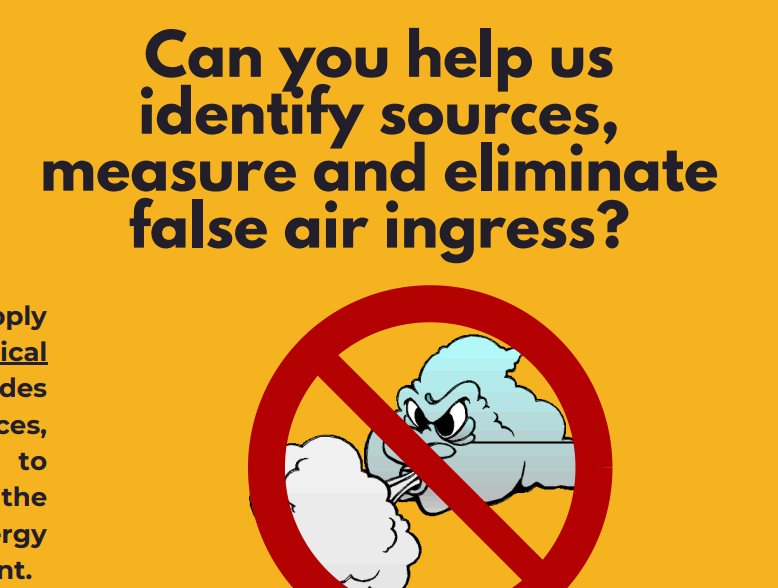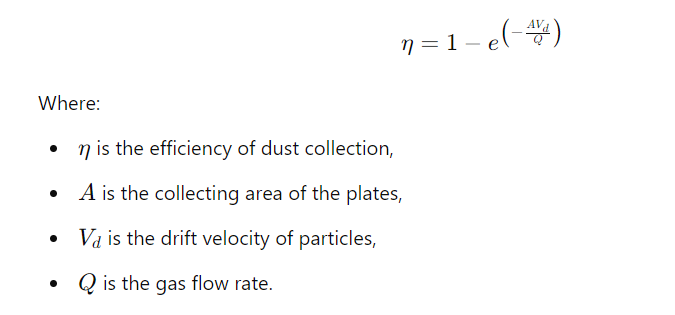Contents
The Reduction in Dust Emissions from Electrostatic Precipitators and the Increase in Green Spaces

TO Download this post and all the books and excel sheets and my personal notes and presentations I collected about cement industry in the last 30 years click the below paypal link
In recent years, efforts to improve environmental sustainability have led to innovations in reducing industrial dust emissions, especially in the cement industry. One significant advancement has been the use of electrostatic precipitators (ESPs). These devices are crucial in controlling pollution by capturing dust particles from industrial exhaust gases. At the same time, the push to increase green spaces around industrial areas has helped mitigate the environmental impact, fostering a cleaner and healthier ecosystem.
How Electrostatic Precipitators Work
Electrostatic precipitators operate by charging dust particles in industrial exhaust gases and then attracting them to collector plates. The dust is trapped, and clean air is released. This method is incredibly efficient, capturing over 99% of dust particles in many cases. The reduction in dust emissions helps decrease air pollution and the harmful effects it has on both people and the environment.
Here’s an equation to understand how dust collection efficiency is calculated:

This equation helps cement plants optimize the performance of ESPs to ensure maximum dust reduction.
The Role of Green Spaces
Alongside these technological advancements, increasing green spaces around industrial sites plays a vital role in enhancing air quality. Trees and plants act as natural filters, absorbing pollutants and producing oxygen. They help create a balanced environment by trapping airborne particles that might escape the ESPs and contribute to a more sustainable and appealing landscape.
Many cement plants are now integrating green belts around their facilities. This not only improves aesthetics but also contributes to carbon sequestration, helping to offset emissions and enhance biodiversity.
Conclusion
The combination of electrostatic precipitators and the development of green spaces is a significant step forward in reducing the environmental impact of industrial processes. These technologies and practices demonstrate how industries can take responsibility for the environment and make positive changes to improve air quality and overall ecological health.
Reference:
https://www.sciencedirect.com/science/article/abs/pii/S0959652616306978
TO Download this post and all the books and excel sheets and my personal notes and presentations I collected about cement industry in the last 30 years click the below paypal link
